The Most Valuable Seconds in Media Content
The harsh truth: if your audience doesn’t stop scrolling, nothing else matters. Grabbing their attention is the first step to turning doom-scrollers into people who actually engage with your story and brand.
Online attention is brutally short and limited. People are wired to decide instantly if something is worth their time or not. In fact, the average watch time for a piece of content is under six seconds, which means the first three seconds aren’t just an introduction; they’re your entire pitch for why your content deserves attention.
Your opening needs to spark a mix of curiosity, usefulness, and signal value if you want it to “stick” to whoever is behind the screen. This is your shot to establish a connection with your audience and community.

Why Do Most Hooks Fail?
I’ll be honest, I’m a bit of a marketing nerd. I’ve studied marketing, interned at TikTok in entertainment, run a small content agency, and, on top of that, I’m a chronically online Gen Z-er (yes, the kind who doom scrolls way too much “for research purposes”).
Multiple elements come together to make a piece of content perform. This can be a strong text or verbal call-to-action, an attractive, high-quality environment, or other creative touches. But today, we will mainly focus on the first part, hooks.
After seeing and studying more hooks than I can count, I’ve noticed the same patterns repeating. Let’s dissect hook examples and learn the why behind these three mistakes are the fastest way to kill your content from performing:
A) Too vague → kills usefulness
What is the goal of your message? Who are you trying to talk to? What will your audience get out of your content?
A vague opening doesn’t promise your audience a clear takeaway, solution, or reason to care. People scroll because they can’t see a reason to invest their time. Instead, your opening should feel like a promise: “Stick with me, and you’ll walk away with X.”
Example: “Spend a morning with me” (TikTok video content).
This hook doesn’t show why the routine matters or what the viewer will gain. The opening is perceived as a personal vlog without context.
What to do instead: Tie the hook to a clear benefit or solution that leads toward a sound output for those who stay to read or watch. “The three habits in my morning routine that doubled my productivity in X”
B) Too salesy → kills trust
People can smell a pitch from miles away. If your opening line feels like an ad, the audience will know this video is about your goal, not their need. The audience wants stories and insights that will bring value to their lives, not a product shoved in their face.
Example: “Buy this new skincare line now!” (Instagram post)
There’s no story, no context, no connection. It strips out perceived value and feels like an ad.
What to do instead: Reframe the hook as a story or insight. “I tried five skincare routines, and only one actually cleared my skin.” This still positions the product, but the value is in the experience and result.
C) Too slow → kills curiosity
What is the one thing your audience should know about your content? What is the deepest diamond of the iceberg?
Surface that fact in the first three seconds. Reveal the key lesson right away. Your opening line should act as a trigger that invites your audience to dig into the rest of the story.
Example: “I am excited to announce” (LinkedIn post)
This message is predictable and received as an update or announcement; your audience can already guess what’s coming. Curiosity fades when there’s nothing unexpected.
What to do instead: Drop the most interesting part up front. “I lost $500 in 10 minutes because of one mistake.” This immediately hooks with curiosity and makes people want to know the rest.
Coding Attention With 3 Simple Formulas
Now that we know what doesn’t work, here’s how to code attention into your hooks with three simple formulas. Think of these as shortcuts to make your first three seconds impossible to ignore.
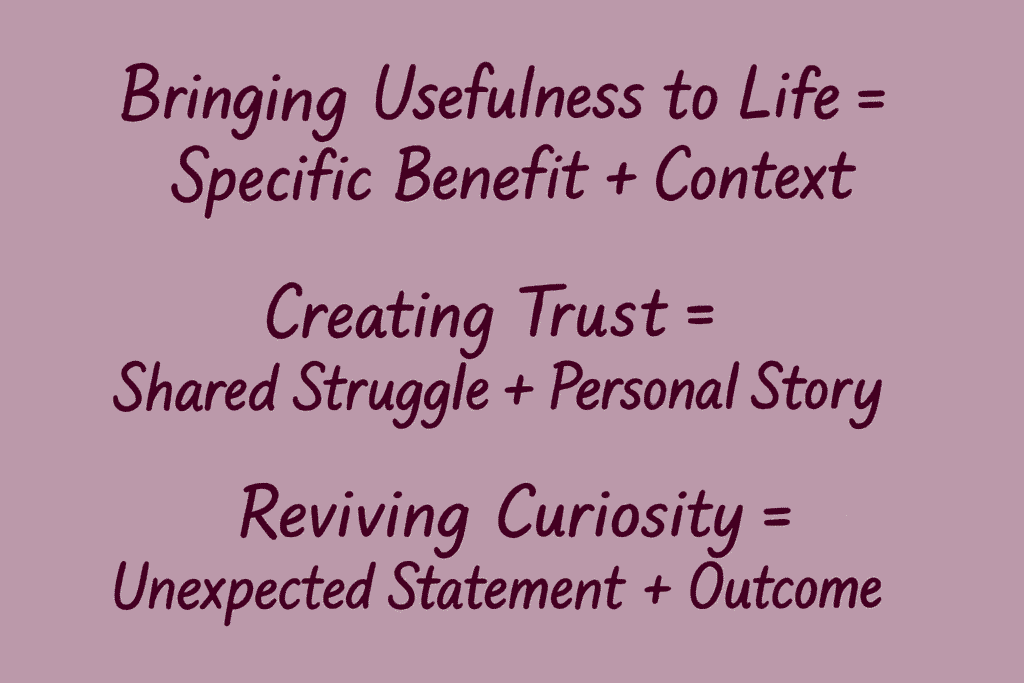
1. Bringing Usefulness to Life = Specific Benefit + Context
Think about the (tips, habits, or steps) in your (routine or process) that lead to an (outcome/benefit).
Applied Examples:
- “This is how I landed my first tech internship being a sophomore in college…”
- “The tool I use to create 20 TikToks in a day…”
- “3 questions I ask before saying yes to a UGC creator…”
2. Creating Trust = Shared Struggle + Personal Story
To create trust, one must be relatable and real. This formula focuses on sharing about a (struggle/fail), until you learned (a lesson/change/solution).
Applied Examples:
- “My first 100 internship applications got ignored, here is what I changed…”
- “I used to price my UGC videos at $80 until I started this…”
- “We almost quit posting our brand on TikTok before trying this…”
3. Reviving Curiosity = Unexpected Statement + Outcome
The opening of this third hook should be kicked off with an (unexpected or shocking event), then followed by (what happened/and what you learned).
Applied Examples:
- “This is how made 80K a year before being 21 working in tech…”
- “The biggest mistake I made when signing my first UGC contract…”
- “This natural elixir outperforms high-end luxury skincare year over year…”
Real Media Examples Caught in the Wild
Every platform has its own algorithm and social rhythm, yet the same attention principles apply whether it’s on TikTok, Instagram, LinkedIn, or Reddit.
Let’s explore three real examples that demonstrate how creators and brands utilize these formulas to capture attention within the first three seconds. Notice how each one ties back to usefulness, trust, or momentum, the drivers we’ve been coding into our own hooks previously.
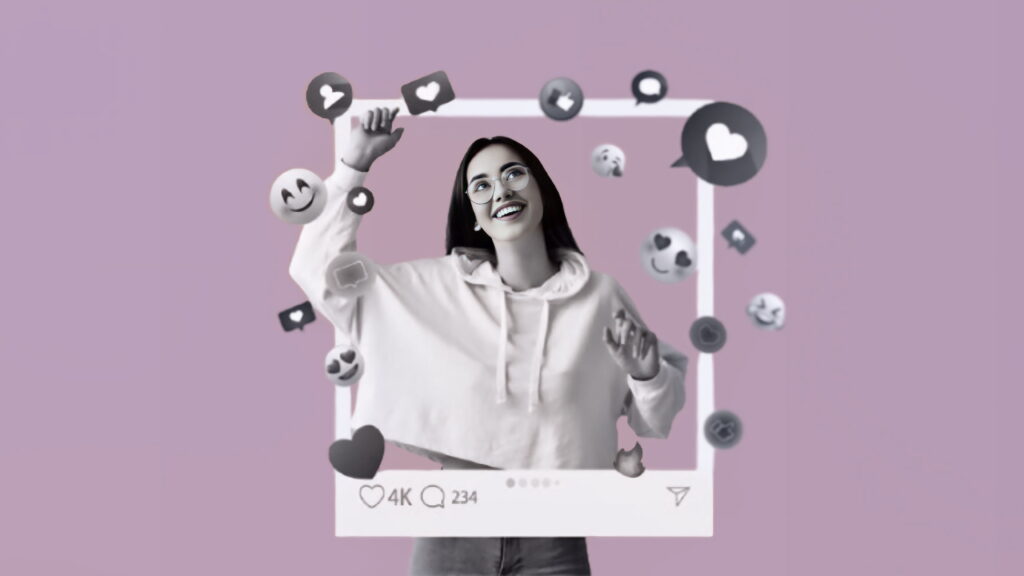
Bringing Usefulness to Life = Specific Benefit + Context
This Instagram Reel nails the usefulness formula by leading with a bold, benefit-driven statement “The top 1% creators do this one thing.” The hook works because it combines a specific benefit (what the top creators are doing) with clear context (creators who want to level up). It signals to the audience that by watching, they’ll walk away with a practical insight to apply to their own content strategy.
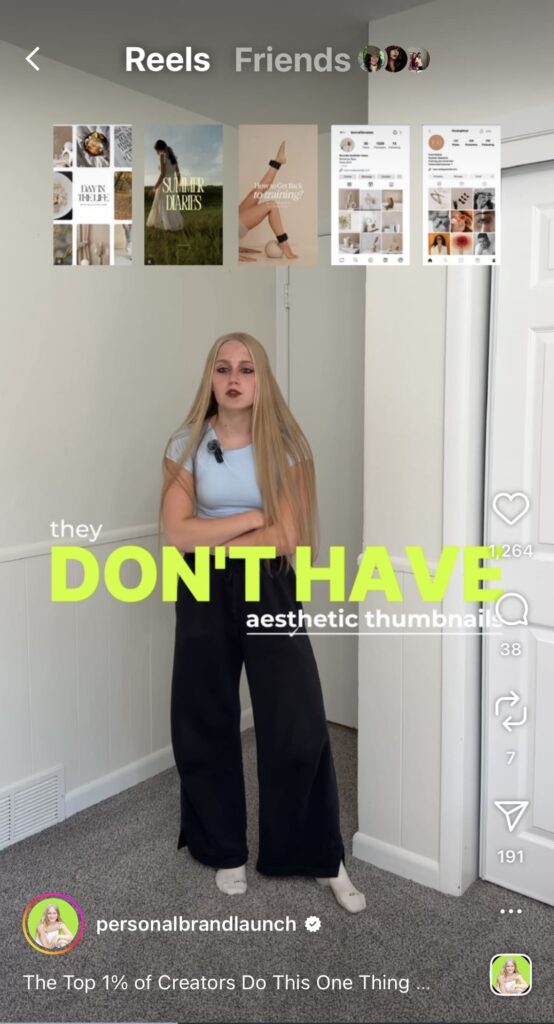
See Full Instagram Reel of What Top 1% Creators Do
Creating Trust = Shared Struggle + Personal Story
This TikTok is a strong example of how trust is built through relatability. The hook comes in both text and voice, where she shares a struggle that many can relate to, battling breakouts and searching for a solution. By opening with a personal story, she invites the audience in, not with a pitch, but with honesty to provide value for others in an engaging way.
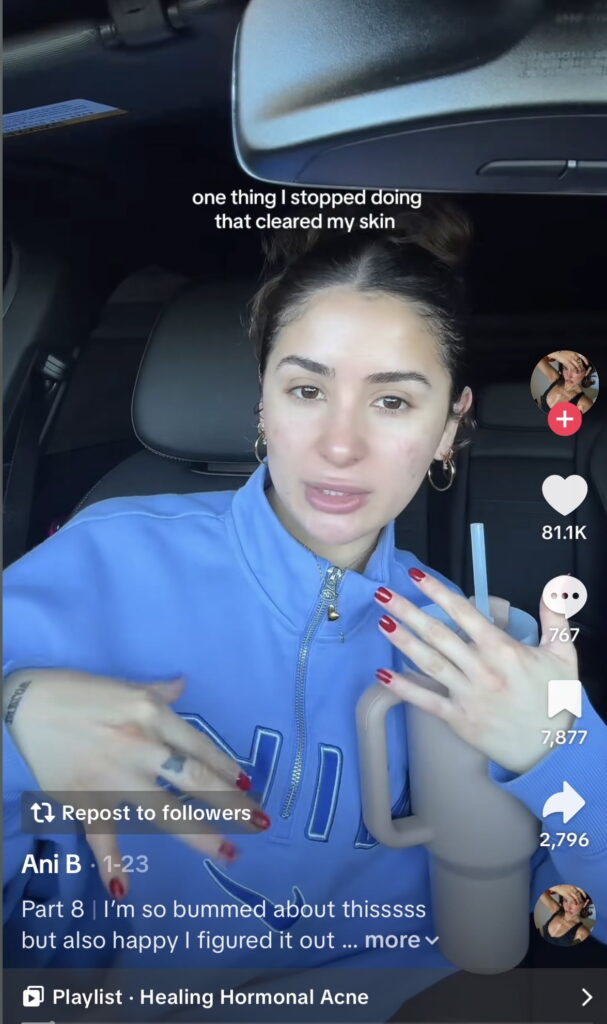
Play TikTok Video on One Thing I Stopped to Clear My Skin
Reviving Curiosity= Unexpected Statement + Outcome
This post is a perfect example of an organic LinkedIn update from a professional that drove strong engagement and reach by opening with an unexpected statement and outcome. The attention-grabbing start, “From $15K MRR to $6M ARR in 24 months” immediately sparks curiosity, and the details are revealed later through the breakdown of what worked, what went wrong, and how the journey unfolded.
The hook did its job, pulling the audience in and keeping them engaged, with many liking and commenting on the post.
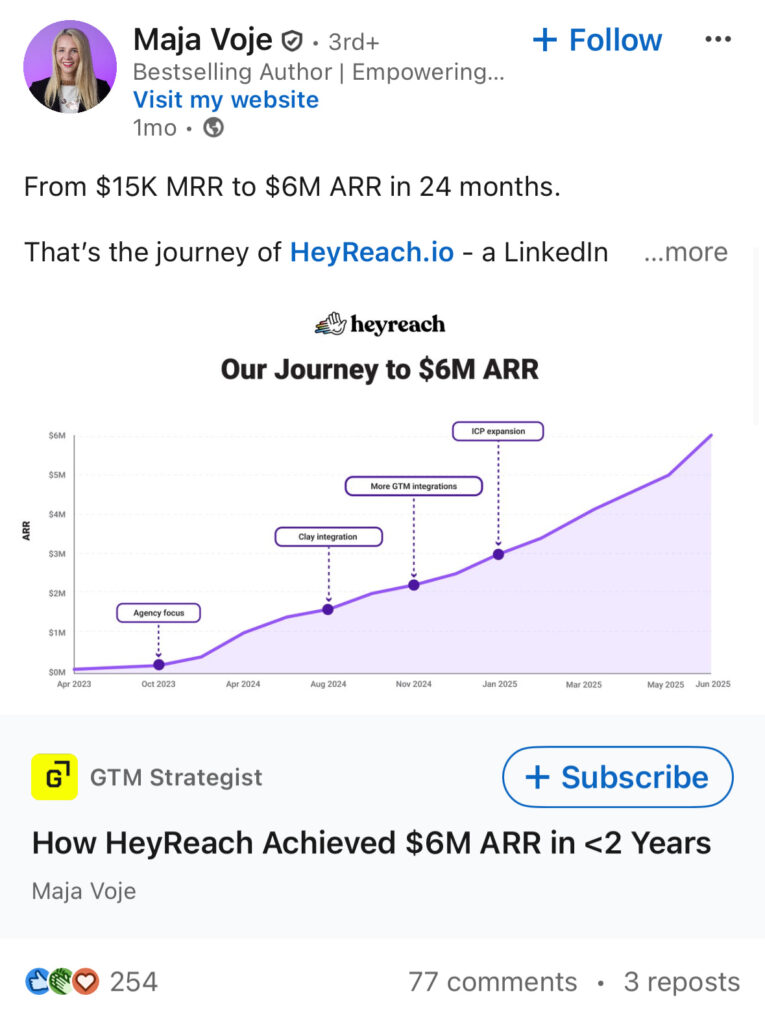
Check Out the LinkedIn Post That Hooked 250+ People
The Hook Check List
Hopefully by this time, you’ve seen what not to do, how to fix it, and real examples in action. The next step is putting it into practice by trying some of these formulas in your personal or brand content. Before you post this piece of media, run your content through this quick checklist:
- Does it grab attention in the first 3 seconds?
- Is there a promised payoff for your audience?
- Does it provide a clear solution, outcome, or benefit?
- Does it build trust by sounding real, not salesy?
- Does it spark just enough curiosity to keep people watching or reading?
If you can answer yes to each question, your hook is ready to stop the scroll!
Happy Hook-ing Creation! More to come!
- How to Stop the Scroll in 3 Seconds: The Hook Formula
- Why Cultural Relevance Goes Beyond Social Media Content Trends?
-
How to Stop the Scroll in 3 Seconds: The Hook Formula
The Most Valuable Seconds in Media Content The harsh truth: if your audience doesn’t stop scrolling, nothing else matters. Grabbing their attention is the first step to turning doom-scrollers into people who actually engage with your story and brand. Online attention is brutally short and limited. People are wired to decide instantly if something is…
Daniela Padilla, creator of The Social Community Formula, is a double major in Marketing and Leadership and Business Strategy at Western Michigan University. A content creator and former TikTok intern, she’s passionate about creativity, community, culture, and all things digital marketing.